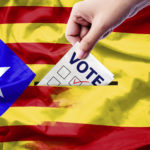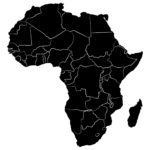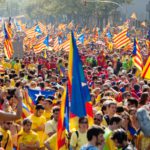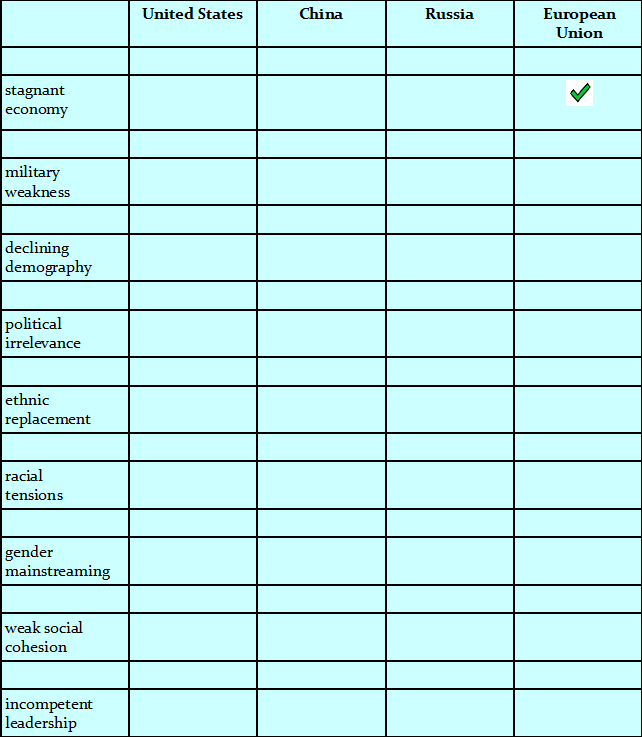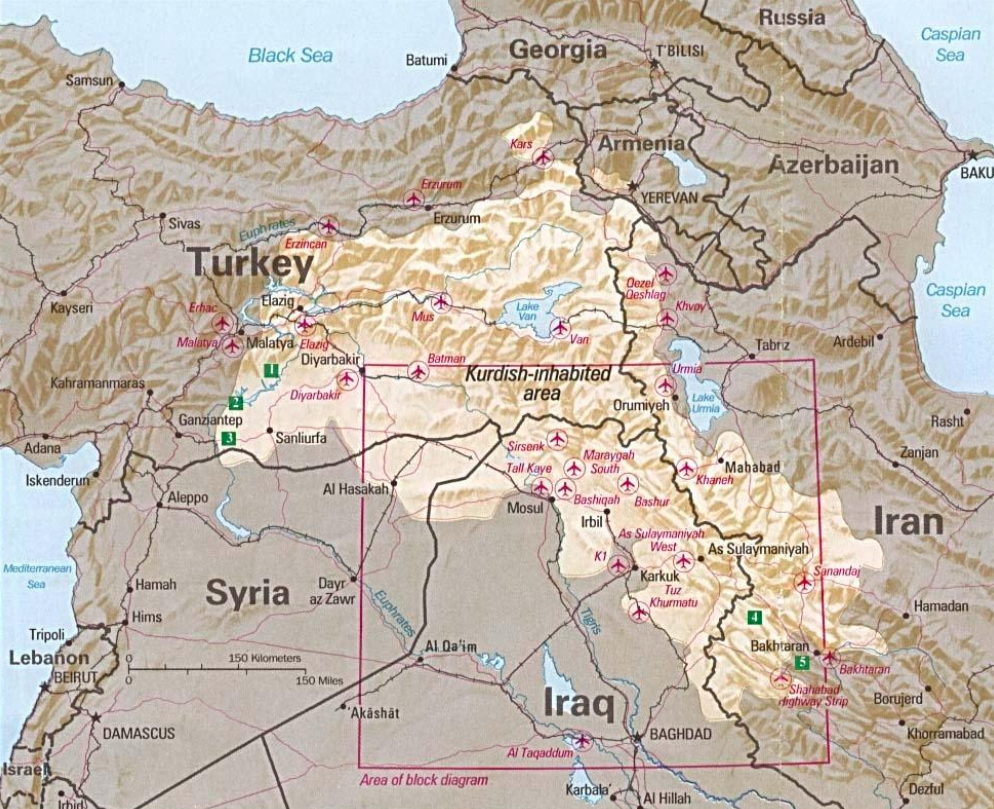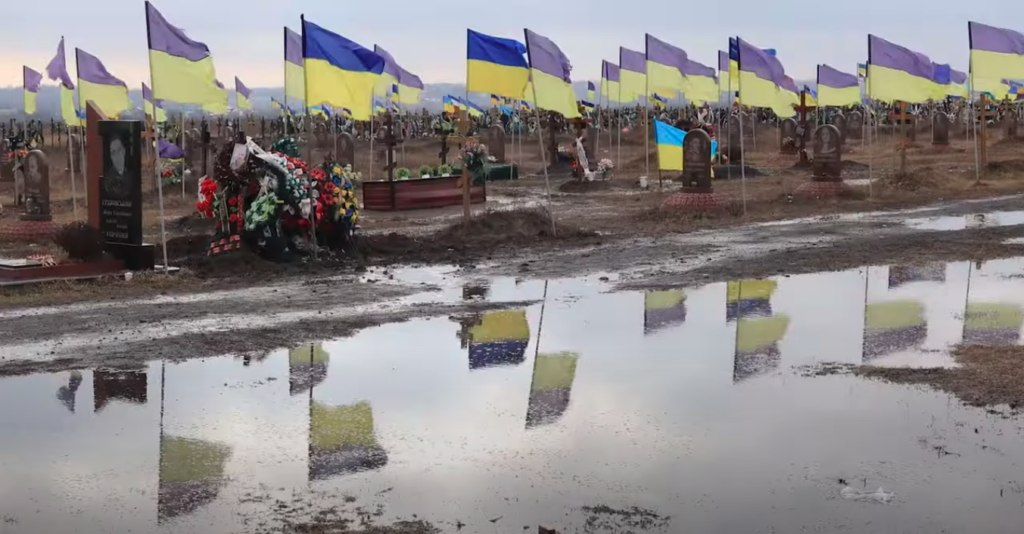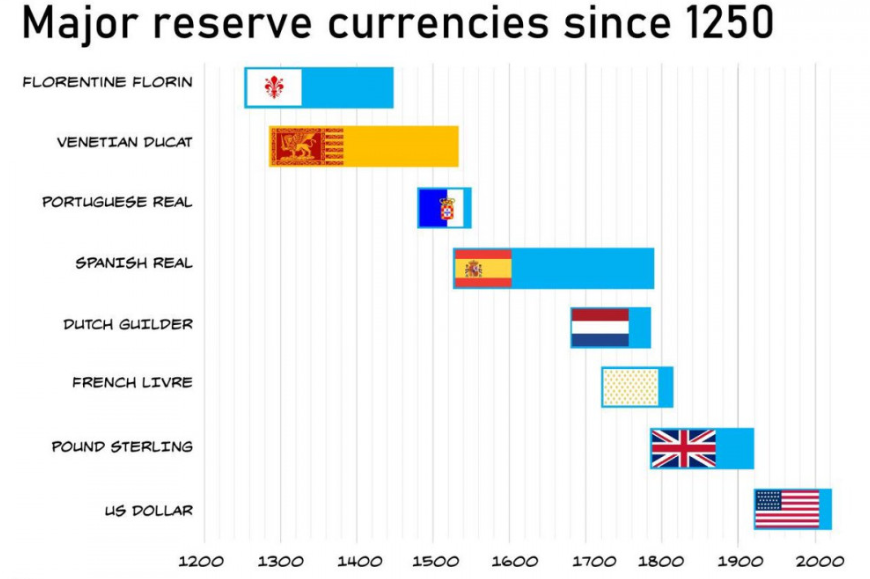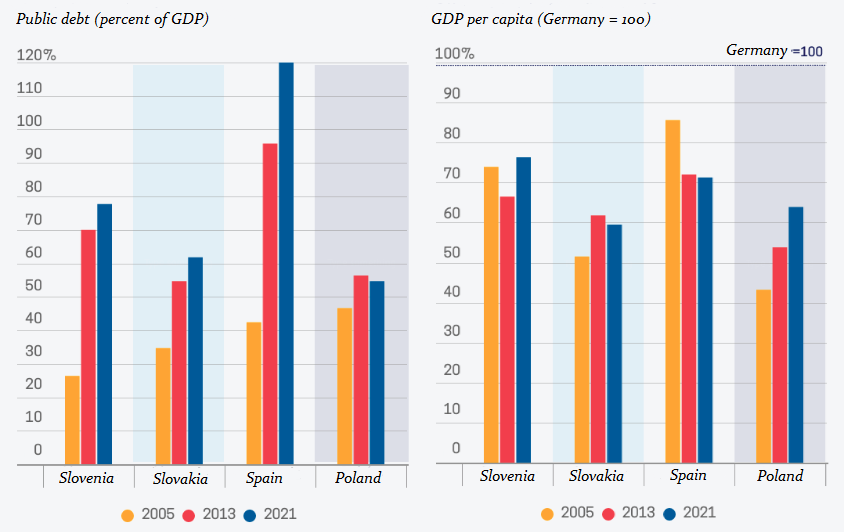By Marco Cattaneo,
from Basta con l’Eurocrisi
There is an increased talk in Italy about fiscal money as an instrument to resolve the economic crisis, which is not over yet. Despite the optimism shown by the Italian government and the EU, the Eurozone economy is far from being in an acceptable condition, and this applies in particular for Italy.
In 2017 Italy’s real GDP will grow by 1.5% compared to the previous year, which is 6% less than what it was in 2007, ten years earlier! Within the same period unemployment has doubled, the number of people in poverty tripled from 1.5 million to almost 5, and this trend does not seem to be reversing. The Italian economic system is working far below its potential: this gap has been created first by the global financial crisis of 2008 and then by the austerity policies “prescribed” by the EU in 2011. Italy can solve this problem by introducing an adequate quantity of purchasing power in its economic system. It can’t do it by issuing euros, nor (due to the mechanisms of the Eurozone) by increasing the state deficits.
All these difficulties stem from the fact that Italy is not an issuer but a user of the currency, the euro. The introduction of a fiscal currency might help to bypass the constraint that Rome cannot print money and maintain the impression that the euro works. The fiscal money concept goes back to chartalism theorised by German economist Georg Friedrich Knapp at the beginning of 1900 and then expanded by the economists adhering to the “Modern Monetary Theory” (MMT). Continue reading



